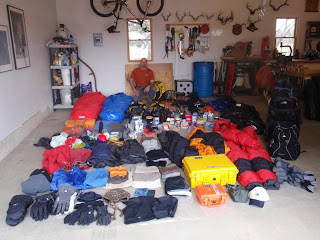


~1300m - Hi everyone. We are spending our last full day in the warmth of Kathmandu doing final gear checks and packing. Tomorrow we leave for Lukla and begin the long trek towards Everest basecamp.
Yesterday we were fortunate enough to take in some of the local culture. Our day started out by visiting the Monkey Palace where the oldest known estupa stands with the eyes of the buddha always watching (see photo). It is believed to have been built around 2500 B.(C).
From there we toured Durbar Square and Palace where I got to communicate with some of my favorite locals (see photo). Another highlight of the day was visiting the famous Rum Doodle Restaurant and Bar. This is the place where those who have successfully summited Everest sign their own 'yeti footprint' for all to see.
I could not help but take a picture of Sir Edmund Hillary's footprint (attached), the first to have summited in 1953, alongside Tenzing Norgay. To say we are walking in the footsteps of legends would be an understatement.
Provided the communication gear I have along cooperates, I hope to send my next dispatch sometime during the trek into BC. For those of you that have sent emails I cannot tell you how much I appreciate your kind words and support.
Thank you and Namaste from Kathmandu, Nepal.



